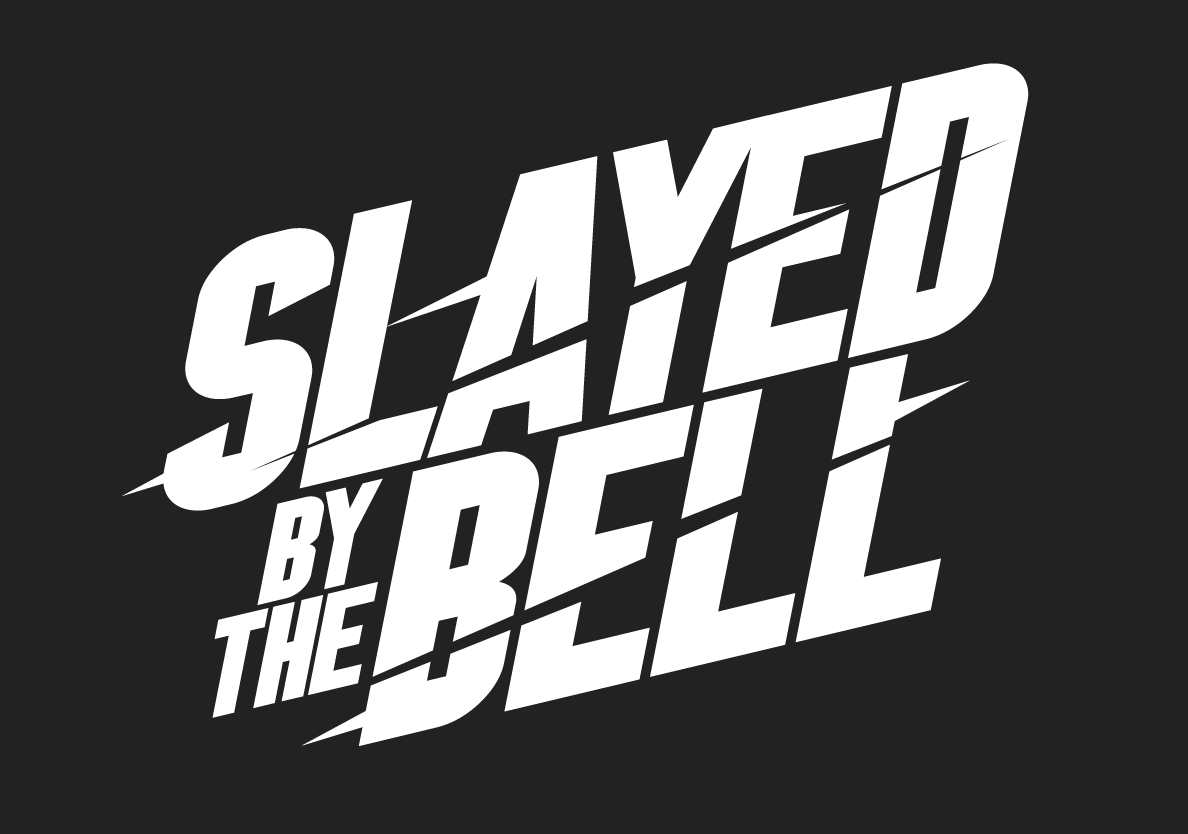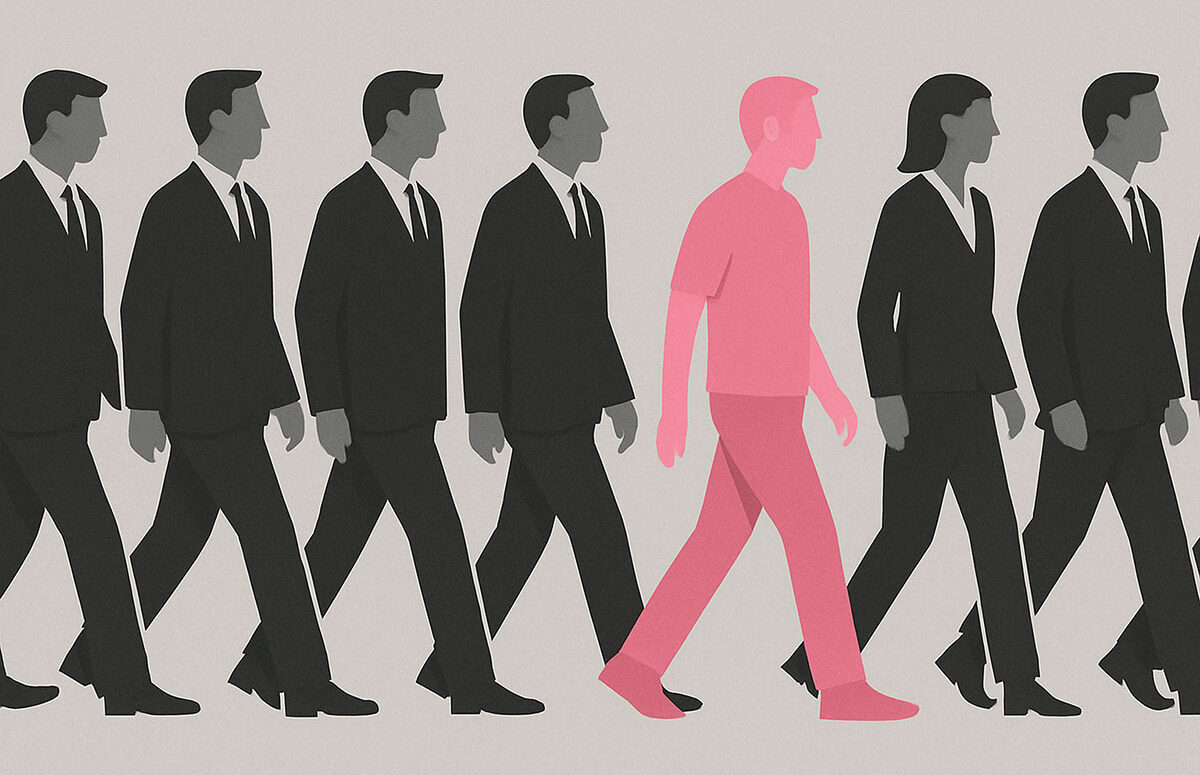How ‘smart dress’ is a red herring
In the classroom, innovation and student engagement should be paramount, but there is an alternate focus for some SLT because, let’s face it, they have fuck all better to do: the enforcement of “business dress” for teachers. While proponents argue that such attire fosters seriousness, it’s time to address the elephant in the room—this is a school, not a fucking bank from the 1920s. The impracticality of suits and ties in an educational setting is glaring, and the repercussions are profound.
Problem
The issue extends far beyond mere fashion—it’s a matter of practicality, authenticity, and student engagement. Some schools insist on teachers donning business attire under the dick-head belief that it instils professionalism. But let’s dispel this notion once and for all—this is a school, not the fucking war room from Dr Strangelove. Expecting teachers to conform to such attire is not only impractical but, like so many other aspects of education, completely out of touch with the realities of the modern world. How many people at Google, Apple, Design Studios, etc wear suits? None—just the teachers visiting.
Causes
The insistence on business attire in some schools stems from a misguided belief that formal dress fosters professionalism and seriousness. Proponents argue that such attire ‘sets a tone’ of respect and authority in the classroom. However, this argument is bullshit when we consider the practical realities of the educational environment. Moreover, the efficacy of this ‘tone-setting’ is questionable, as evidenced by instances where student behaviour remains disrespectful regardless of the attire worn by teachers; the ‘tone’ clearly hasn’t affected Finley fuck-face who is still in the corner making rude gestures.
Firstly, let’s address the notion of professionalism. While teachers need to present themselves in a manner befitting their role as educators, professionalism should not be equated with formal business attire. I know it’s hard to believe for some members of SLT but professionalism encompasses a wide range of qualities, including competence, dedication, and empathy, none of which are contingent upon wearing a suit and tie. You are a geography teacher, you need a sweater with elbow patches and corduroy trousers, not a Ted-Baker suit…behave yourself!
Secondly, there’s the issue of tradition and conformity. Some schools cling to the tradition of business dress simply because ‘it’s what has always been done’. However, blindly adhering to tradition can stifle innovation and hinder progress in any setting, just ask Kodak.
Lastly, there’s the influence of external perceptions. Schools, particularly those seeking to distinguish themselves as ‘elite institutions’, may feel pressure to maintain a certain image of professionalism. This pressure can manifest in the form of strict dress codes and other superficial measures that, like the casting directors of Love Island, prioritise appearance over substance.
Effects
The consequences of enforcing business dress codes for teachers extend far beyond the superficial. Firstly, there’s the issue of comfort and performance. Teaching is a dynamic profession that requires teachers to be on their feet, engaging with students, and adapting to ever-changing classroom environments. The discomfort and restriction imposed by formal attire can hinder teachers’ ability to perform at their best, ultimately impacting the quality of education students receive. Why the fuck would anyone choose to wear dress/formal shoes when they are going to be running a small marathon each day? (Don’t take my word for it, take it from a foot and ankle surgeon who advises wearing trainers for everything).
Moreover, formal attire can create a psychological barrier between teachers and students. “Research has shown” that students are more likely to engage with teachers whom they perceive as approachable and relatable. Formal attire, with its connotations of authority and distance, can make teachers seem unapproachable, inhibiting open communication and rapport-building in the classroom. Akin to this, there’s the issue of authenticity. Teachers who dress too formally may come across as out of touch with the experiences of their students. This lack of authenticity can hinder effective communication and make it difficult for teachers to connect with their students on a meaningful level.
And of course, practicality also comes into play. School environments are inherently messy and unpredictable, with the potential for spills, stains, and wear and tear on clothing. Business attire, with its delicate fabrics and tailored construction, does not hold up to crawling on one’s knees to retrieve the several pencils Johnny dick wad left on the floor.
Furthermore, enforcing a strict business dress code can create unnecessary financial burden for teachers, many of whom are already grappling with the ‘cost of conservatives crisis’. The cost of purchasing and maintaining professional attire can add up, placing an additional strain on educators who are already underpaid and undervalued.
In summary, the effects of enforcing business dress codes for teachers are manifold, impacting everything from teacher performance to student engagement to financial well-being. It’s clear that this outdated practice has no place in modern education, and it’s time for schools to embrace more practical and student-centred approaches to attire.
Solutions
To address the myriad challenges posed by the insitance of business dress codes for teachers, a versatile approach is needed. Firstly, and this is a basic, schools must recognise that professionalism and effectiveness in teaching are not contingent upon attire. Instead, professionalism should be measured by qualities such as competence, dedication, and empathy, which can be exhibited regardless of dress.
One solution is to implement a more flexible dress code that prioritises comfort and practicality. This could involve allowing teachers to dress in attire that is appropriate for the demands of their role, whether that be business-casual or even more relaxed. By giving teachers the freedom to choose clothing that allows them to perform at their best, schools can , and bear with me on this one, enhance teacher well-being and ultimately improve student outcomes. (Jesus Christ, can you imagine… a school thinking about teacher well-being…? What the actual fuck?)
Furthermore, schools should actively encourage authenticity in teacher-student interactions by allowing teachers to dress in a manner that reflects their individual personalities and experiences. This approach can help to dismantle barriers between teachers and students, fostering open communication and rapport-building in the classroom. Rather than promoting a sense of clone-like uniformity, embracing individuality allows each teacher to connect with students on a personal level, enhancing the overall learning environment. This is basic logic!
Additionally, schools should provide support for teachers to navigate the financial challenges associated with professional attire. This could involve offering stipends or allowances for clothing purchases, as well as providing resources for affordable and durable clothing options.
Lastly, schools should prioritise flexibility in dress codes to accommodate the diverse needs of teachers. This could involve allowing for different dress codes for different roles or events, as well as providing guidance on appropriate attire for specific occasions. Of course, there will be times when smart, business dress is appropriate but be fucking sensible, this is not whilst teaching.
Conclusion
In conclusion, the enforcement of business dress codes for teachers in some schools is a practice rooted in tradition and misconception. However, the detrimental effects of this practice on teacher well-being, student engagement, and educational outcomes are indisputable. It’s time for schools to acknowledge that professionalism and effectiveness in teaching are not determined by attire but by qualities such as competence, dedication, and empathy.
By embracing more flexible, practical, and student-centred approaches to attire, schools can create environments where teachers can thrive and students can flourish. Let’s break free from the constraints of a 1920s approach to dress codes and chart a new course—one where authenticity, comfort, and individual expression are valued above all else. And one final thing, if you are still not convinced, put on your best suit, shirt and tie or skirt blouse and blazer, grab a whiteboard pen, and try FUCKING WRITING AT THE TOP OF YOUR BOARD WITHOUT IT ALL COMING UN-FCUKING TUCKED!!!! ARGHHHHHH!

